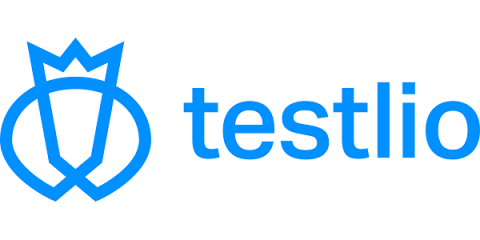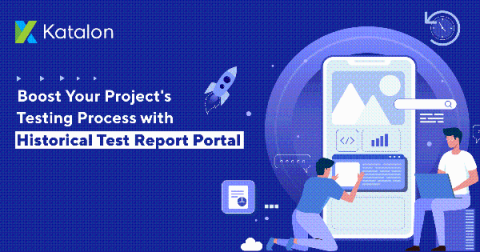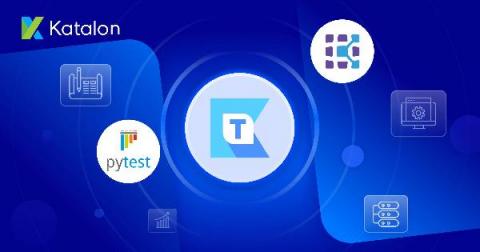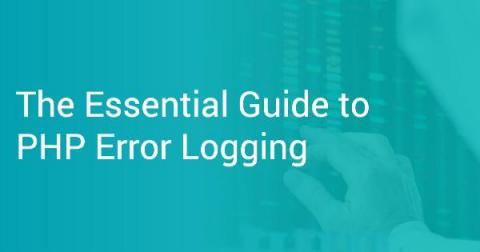Key benefits of networked testing on real devices
Fast product iteration yields low time-to-market, rapid response to user needs, and faster validation of new features. However, it also leads to tight testing windows. Automating software testing may be an instinctual response to demands for speed, yet striking a balance between automated and manual testing allows for greater control over the end-user experience.











